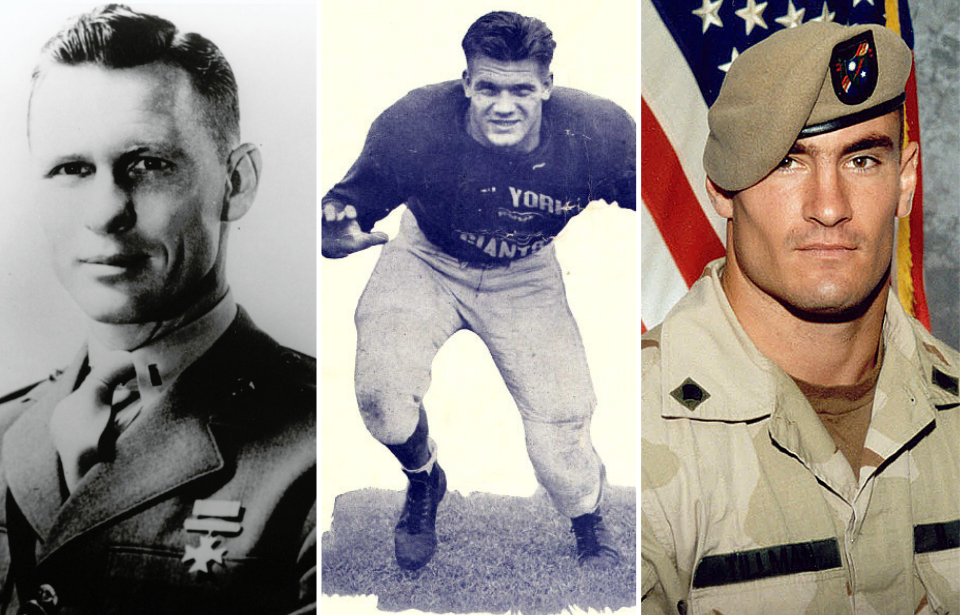Throughout history, several NFL players have chosen to serve in the U.S. military, showing courage both on the field and in combat. While this path isn’t as common today, a few modern players have still enlisted, proudly balancing their love for football with their duty to their country. Sadly, some of these brave athletes didn’t return home—they gave their lives in service, making the ultimate sacrifice.
Al Blozis
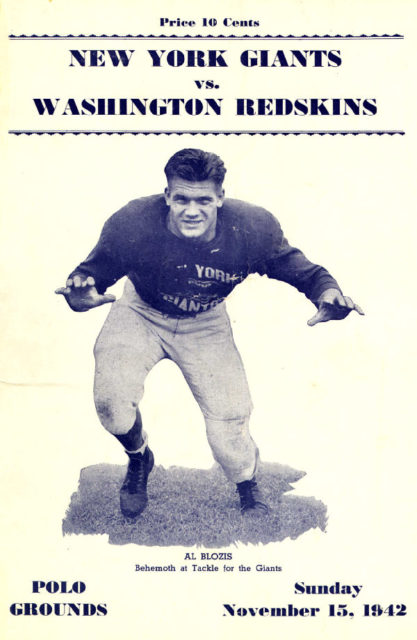
Al Blozis was born in 1919 in Garfield, New Jersey. From a young age, his large size made him stand out, and he participated in various track and field events. His athletic skills earned him a spot at Georgetown University, where he competed in shot put, discus, and football.
After college, Blozis joined the New York Giants and quickly made a name for himself. He was selected for the All-Star team in 1942 and named an All-Pro in 1943. After his death, he was recognized as part of the 1940s All-Decade Team and inducted into the Giants Ring of Honor.
Blozis spent years trying to enlist in the U.S. Army, but his size, which helped him excel in sports, also led to his rejection from military service. Eventually, he persuaded military officials to waive the size restrictions, allowing him to enlist in 1943. He completed officer training at Fort Benning (now Fort Moore) in Georgia and was sent to fight in the Vosges Mountains in France.
Sadly, Blozis went missing while searching for two of his soldiers who had disappeared. He was first listed as missing in action (MIA), but his death was later confirmed. He was laid to rest at the Lorraine American Cemetery and Memorial in Saint-Avold, Moselle, France.
Jack Lummus
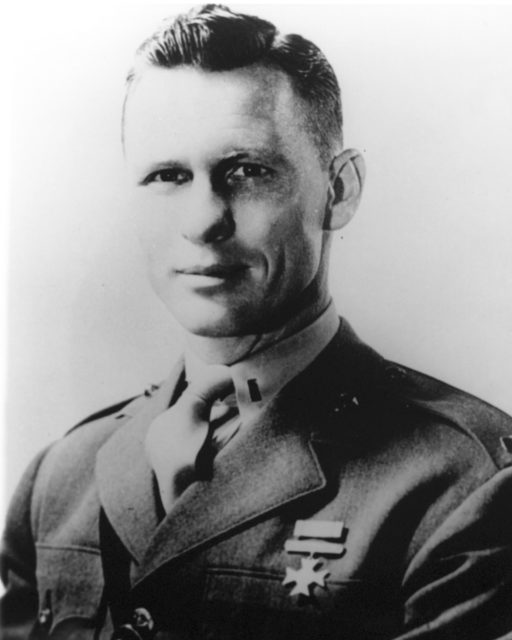
Jack Lummus was born in 1915 in Ellis County, Texas. A standout in both football and track, he earned an athletic scholarship to Baylor University, where he had an All-American college career. After graduating, he joined the New York Giants as a free agent and played in nine games during his rookie season.
When World War II began, Lummus chose service over sports. As soon as the football season ended, he enlisted in the U.S. Marine Corps and was eventually given command of a rifle platoon during the Battle of Iwo Jima.
While leading an assault on enemy positions, Lummus stepped on a land mine, losing both of his legs. Despite the severe injuries, he stayed conscious and encouraged his men to press on. He later died on the operating table. For his bravery and sacrifice, he was posthumously awarded the Medal of Honor.
The football player’s commanding officer wrote in a letter to Lummus’ mother, “Jack suffered very little for he didn’t live long. I saw Jack soon after he was hit. With calmness, serenity and complacency, Jack said, ‘The New York Giants lost a good man.’ We all lost a good man.”
Bob Kalsu
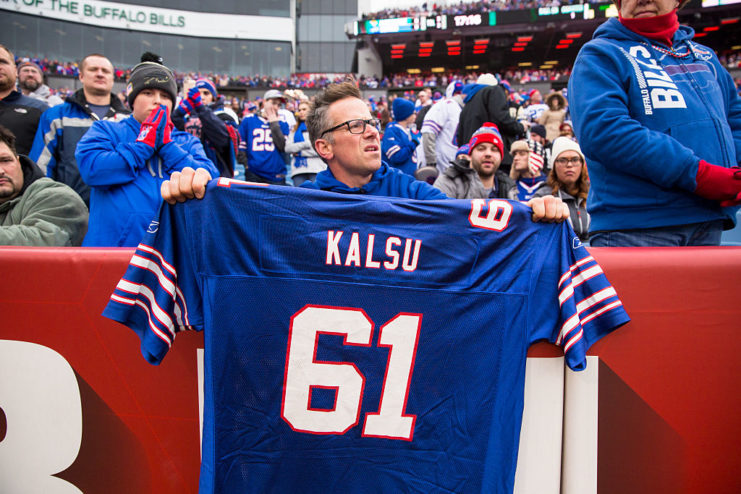
Bob Kalsu was born in Oklahoma City, Oklahoma, and became a standout athlete at the University of Oklahoma. As an offensive tackle, he earned All-American honors in his senior year. After college, he was drafted by the Buffalo Bills and played as a starting guard during the 1968 season.
Instead of accepting an athletic scholarship, Kalsu chose to attend the University of Oklahoma on an ROTC scholarship. After graduating, he joined the U.S. Army to fulfill his service obligation and was assigned to the 101st Airborne Division.
In November 1969, Kalsu was deployed to South Vietnam. Tragically, on July 21, 1970, he was killed during the Battle of Fire Support Base Ripcord when his unit was struck by a mortar attack. Though his professional football career was brief, his sacrifice was honored with a place on the Buffalo Bills Wall of Fame, and Dell City High School in Oklahoma named its football stadium after him.
Don Steinbrunner
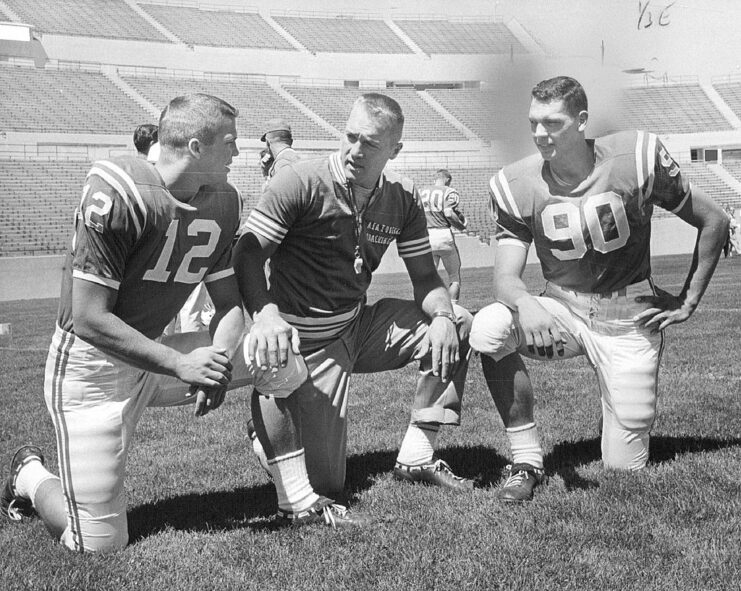
Don Steinbrunner was born in 1932 in Bellingham, Washington. He was a standout athlete in both football and basketball at Washington State College, where he captained both teams. Following his college years, Steinbrunner joined the Cleveland Browns, playing a single season with the team and participating in the 1953 Championship Game, which the Browns lost.
In 1954, Steinbrunner joined the US Air Force to fulfill his ROTC commitments. After a knee injury ended his football career, he chose to stay in the service and spent four years coaching the US Air Force Academy’s football team.
In 1966, during the Vietnam War, Steinbrunner was offered a safe assignment but chose to decline it. In July 1967, the Fairchild C-123 Provider, which he was aboard on a mission to spray Agent Orange, was shot down by enemy small-arms fire, killing Steinbrunner and the other crew members.
Steinbrunner, the first NFL player to die in Vietnam, was posthumously awarded the Purple Heart and the Distinguished Flying Cross.
Pat Tillman
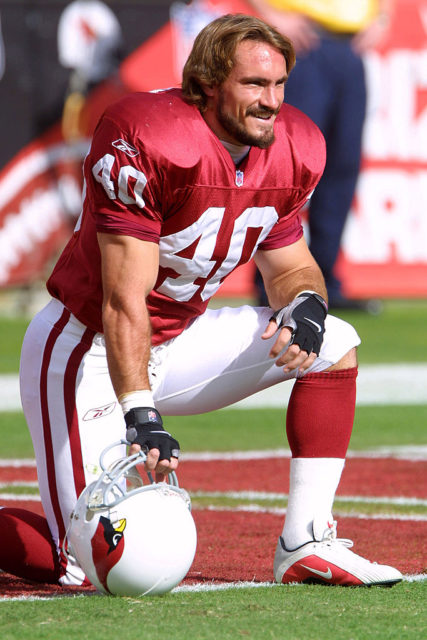
Pat Tillman was a star athlete growing up in Fremont, California, and played college ball at Arizona State. He was drafted by the Arizona Cardinals in the 7th Round and became a key contributor to the team. In 2000, he was named to Sports Illustrated‘s All-Pro team.
Following the 9/11 attacks, Tillman turned down a contract that would pay him over $1 million a year to enlist in the US Army. After completing basic training, he was sent to Iraq as part of Operation Iraqi Freedom. He then attended Army Ranger School, after which he was deployed to Afghanistan.
On April 22, 2004, Tillman was shot near the village of Sperah. While it was initially reported he had been killed by enemy forces, it was later revealed to be a friendly fire incident. Tillman became the first NFL player to be killed in action since the death of Bob Kalsu.
